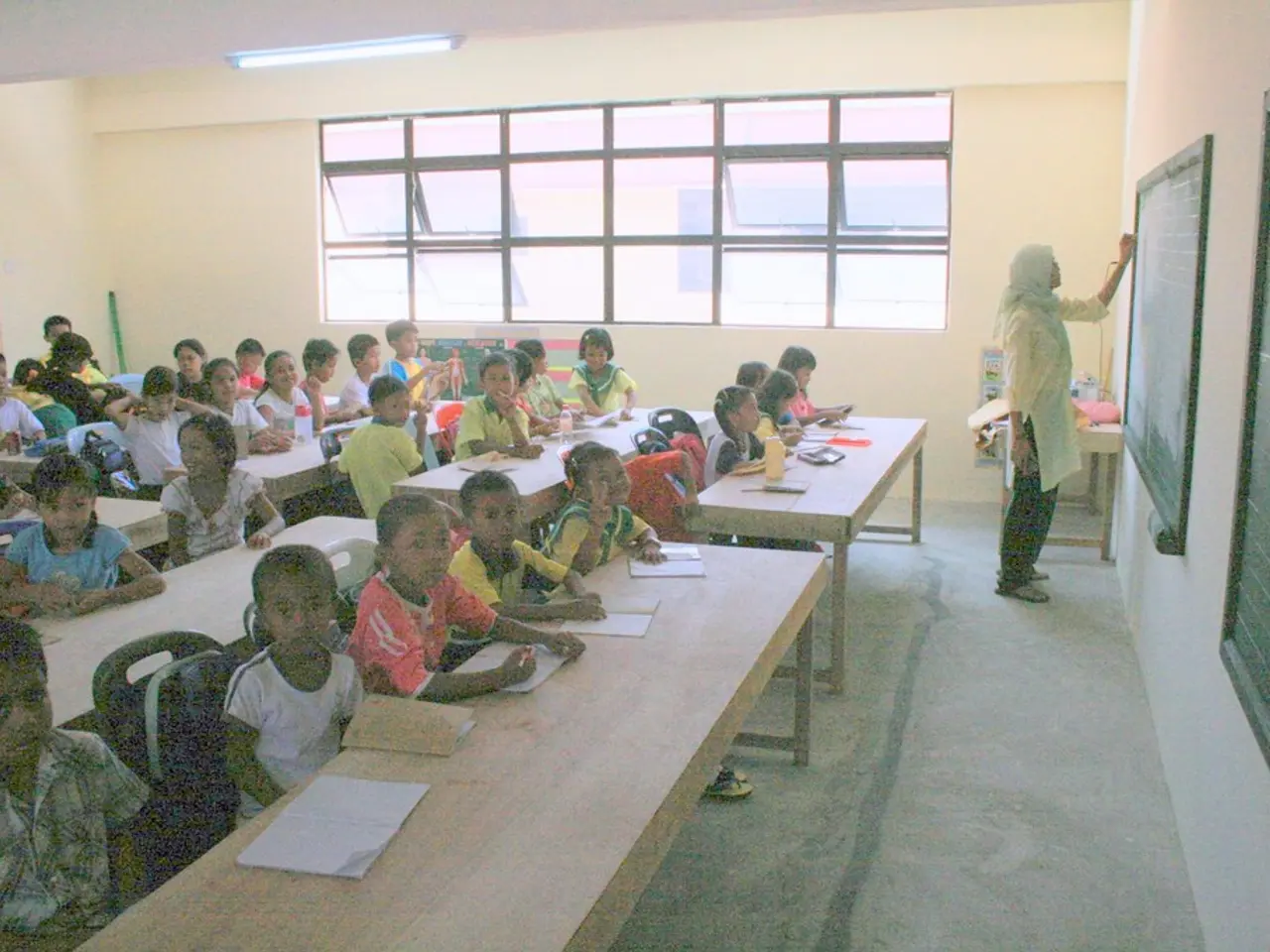Personalized Learning through AI: Adjusting Educational Pathways for Each Student's Unique Requirements and Learning Preferences
In the ever-evolving landscape of education, Artificial Intelligence (AI) is making a significant mark, revolutionizing the way we teach and learn. One such AI-powered platform, similar to LinkedIn in its professional networking aspect, is Textero, developed by the company OpenAI, which is designed to assist in essay production.
AI-powered educational platforms are dynamic, iterative processes that learn from student interactions over time. They can assess the efficacy of their pedagogical approaches, identify areas for improvement, and retroactively shift their curriculum and modes of instruction. This feedback loop allows for a continually adapting and improving educational experience, moving away from rigid, unchanging workflows.
The utilization of AI as an accessibility feature can enable all students to access teaching and learning content. For instance, AI can be coupled with additional assistive technological features such as voice-to-text transcription, text-to-speech conversion, and real-time language translation to support students with special educational needs or disabilities.
AI learning platforms can adaptively adjust the learning environment and content to individual needs, integrating multimedia resources, interactive exercises, and personalized feedback into self-paced learning. Visual learners could benefit from in-depth simulation environments, rich infographics, and crafted visual materials, while auditory learners might find multimedia presentations, podcasts, and interactive discussions more engaging.
AI in education aims to individualize teaching to match the needs of each student, unlocking every child's potential. Predictive analytics capabilities in AI-assisted learning systems can provide real-time, personalized interventions for students who may not be performing at expectations, helping teachers to better allocate resources and provide more individualized help.
Moreover, these AI-assisted learning systems can continually adapt and improve the educational experience to meet changing student needs and unarticulated preferences over time. AI-powered educational platforms can help in creating a personalized learning experience for each student, realizing the dreams of every student by providing them with a unique, tailored learning journey.
In conclusion, AI in education is transforming the way we teach and learn, making it more effective and targeted to individual student needs. As these platforms continue to learn and evolve, they promise to provide a more personalized, engaging, and accessible educational experience for all.
Read also:
- Lucrative Business Opportunities in Nigeria: Discover Profitable Enterprises Immediately
- Mass Unemployment Threat: Millions Facing Layoffs due to ChatGPT Job Displacement
- Boost Your Productivity: Cut Down on 8 Habits with the Help of Artificial Intelligence, Gaining you 4.25 Hours Daily
- Innovative Leadership Perspectives: Aleksandra Gołąb‐Makowska to Offer Practical Insights








